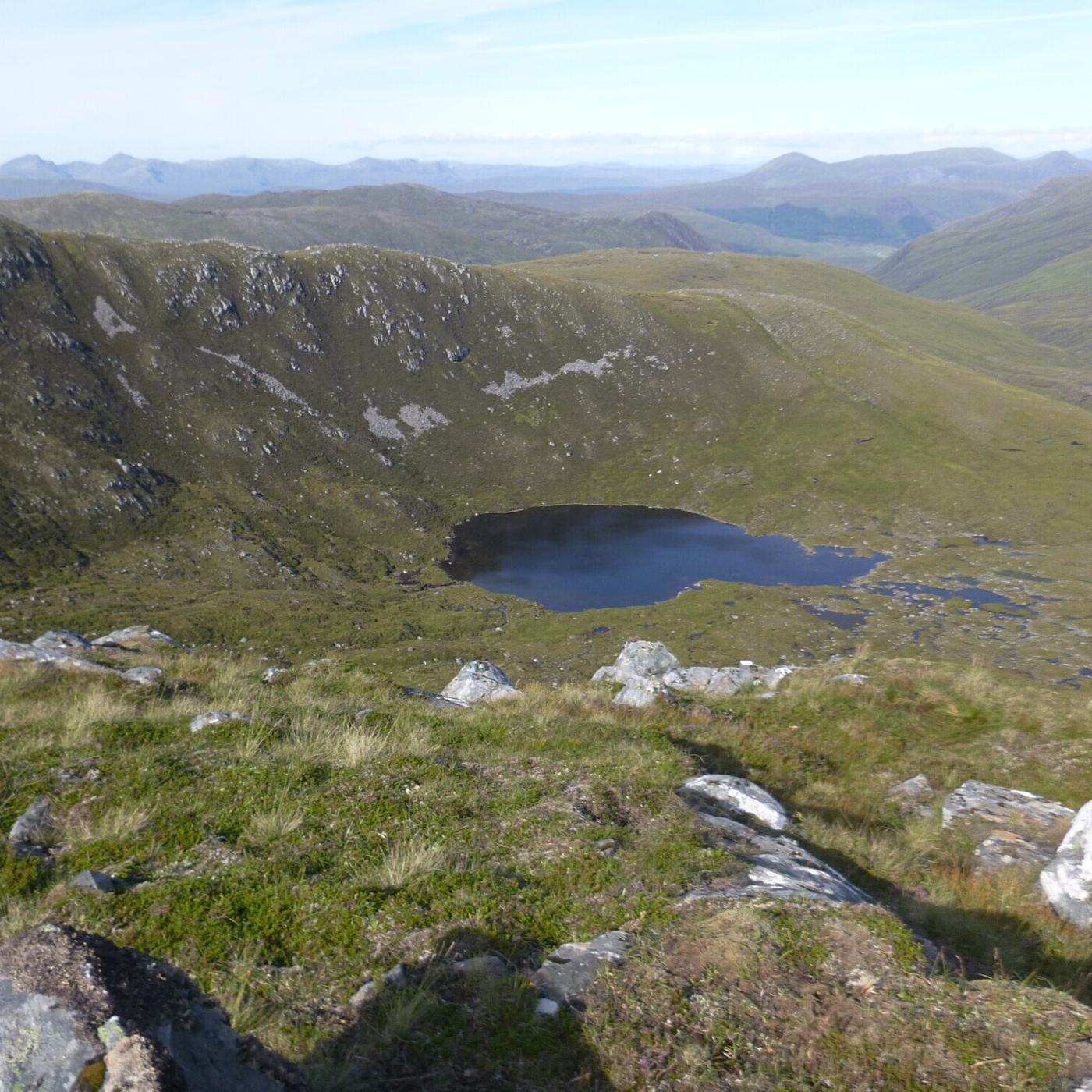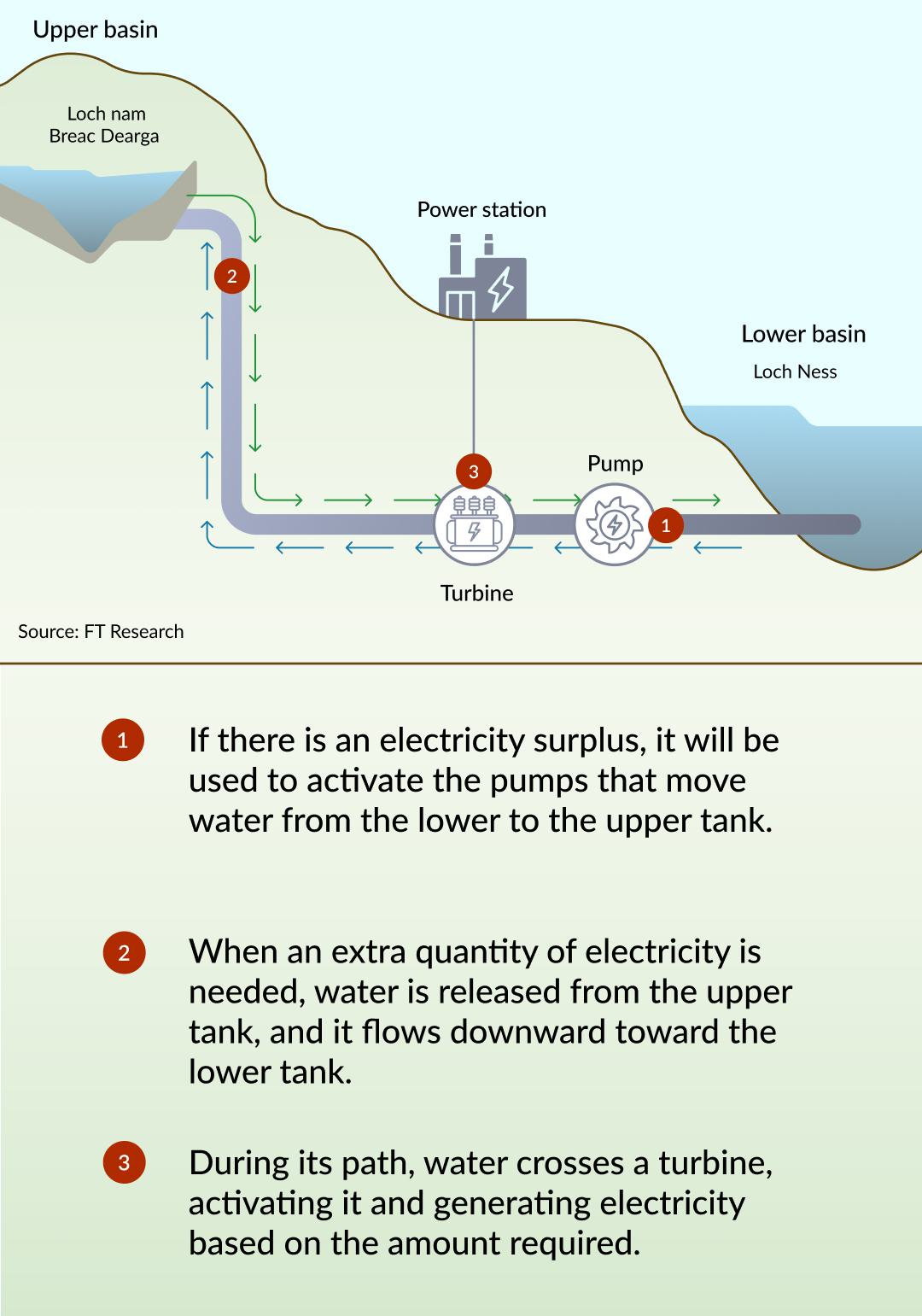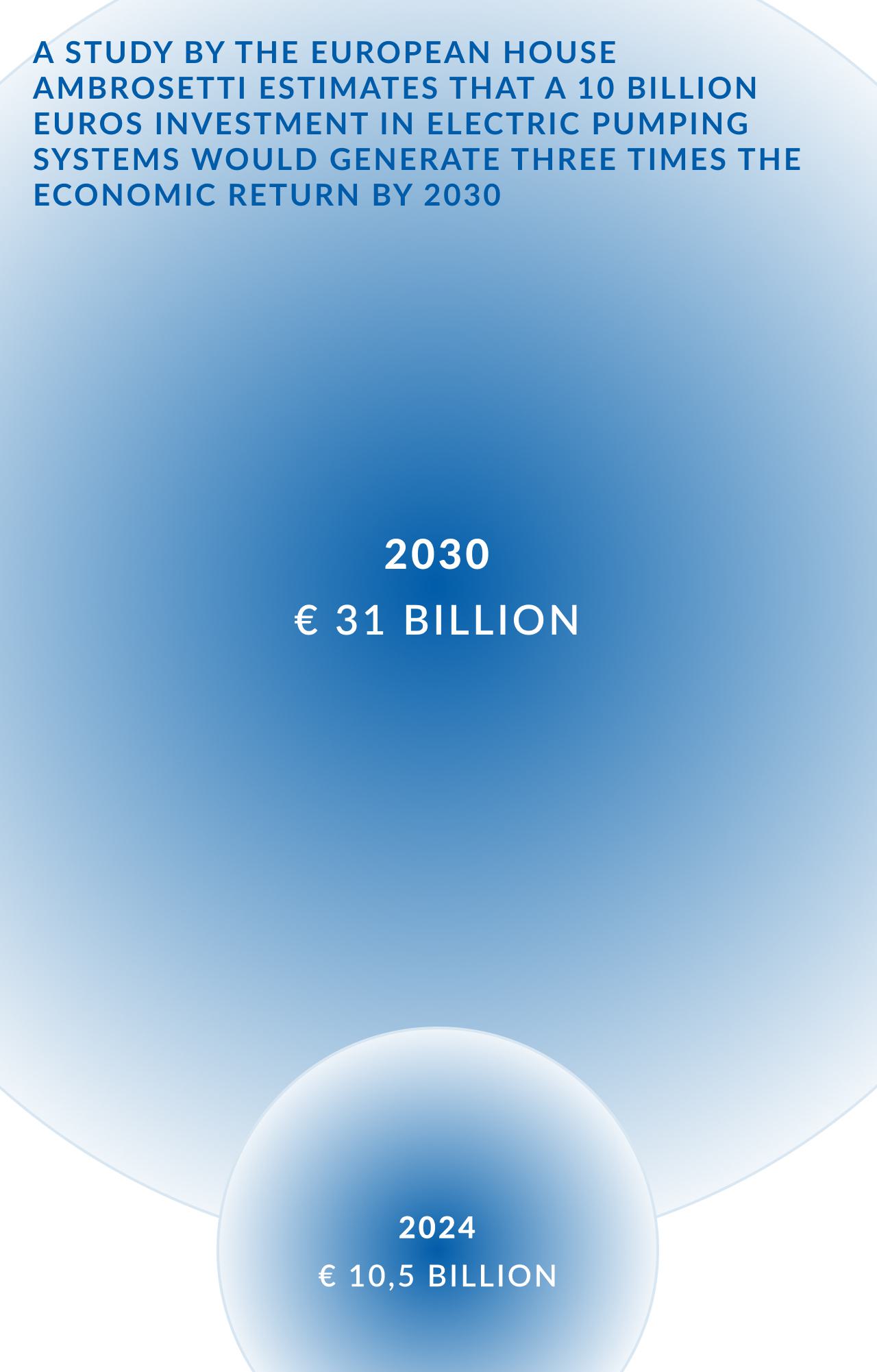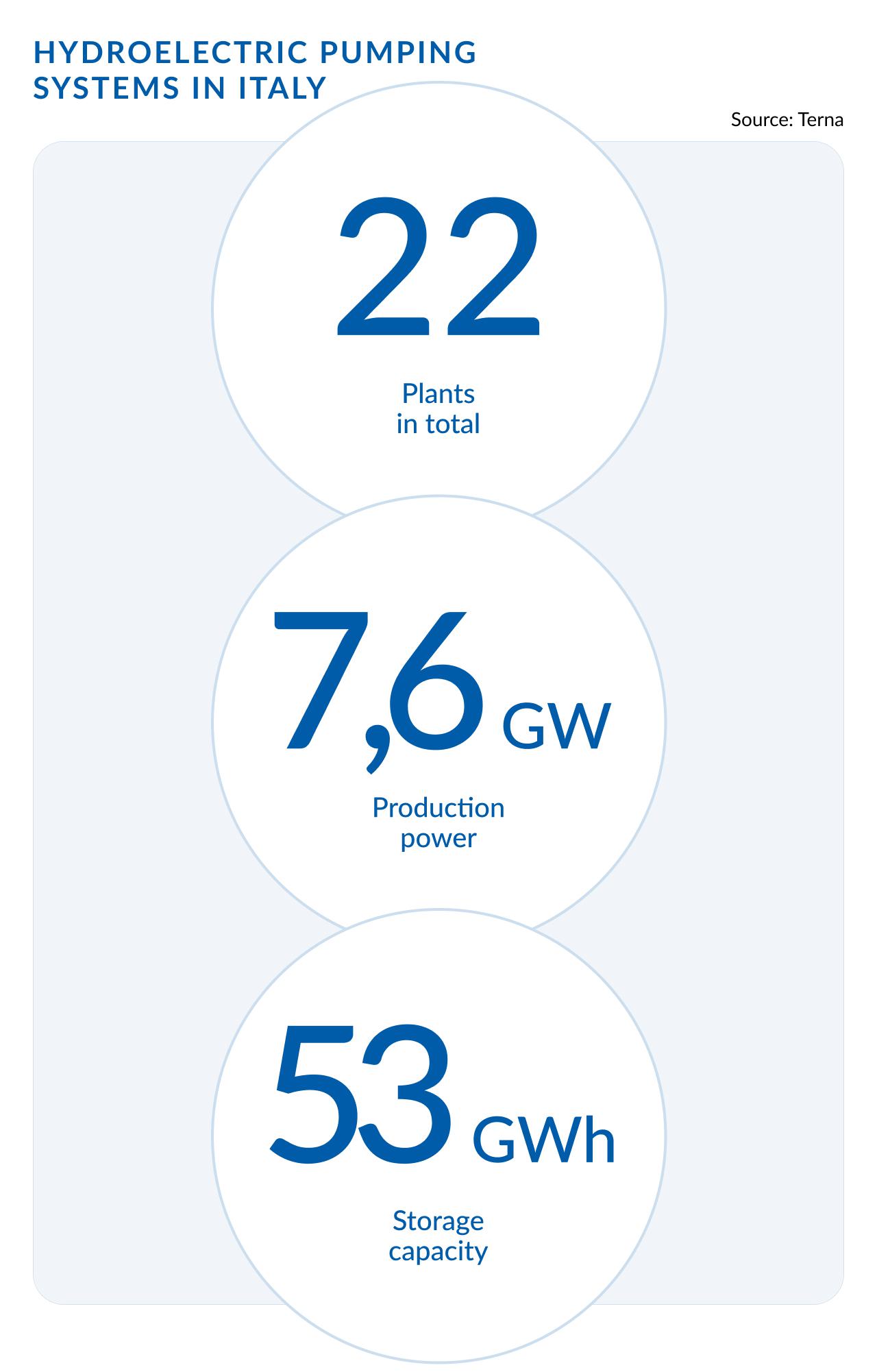Loch nam Breac Dearga is a small lake a few hundred meters above its famous brother, Loch Ness, in Scotland, and, according to several experts, it could be the starting point to help the UK reach carbon neutrality. This goal is increasingly sought after by many countries and companies in order to limit the effects of climate change. In line with the 2015 Paris Climate Agreement, the Planet should reach carbon neutrality by 2050. When we use this expression and its synonym (net zero), we mean a condition by which for each ton of CO₂ (or different greenhouse gas) spread into the atmosphere, the same amount is removed. Substantially, we will reach carbon neutrality when we manage to refrain from adding greenhouse gases into the atmosphere beyond the quantity we manage to remove from it.

Electric pumping plants: the British project to reach the ‘net zero’ passes through the legendary Loch Ness
The United Kingdom is thinking about an ambitious hydroelectric storage system in the Great Glen Valleys, in northern Scotland: the Country’s emission will be reduced by 10%, thanks to a 2GW plant.

What does it mean that the UK is thinking of reaching this important goal, starting from one of the many lakes in northern Scotland? The topography of the Great Glen Valley, where both Loch nam Breac Dearga and Loch Ness are located, offers the ideal operating conditions for hydroelectric pump systems, which exploit large water basins to store energy. This technology is used to accumulate electricity and stabilize the network, which is especially useful with intermittent renewable sources, such as wind or solar power. Their function is based on a water pumping and release cycle between two basins, one located at a higher altitude and the other at a lower altitude.
When there is an energy surplus in the network, the excess electricity is used to pump the water from the lower basin to the upper one. This way, energy is stored as potential gravitational energy in the upper basin water. Vice versa, when the energy demand increases or the production of renewable energy decreases, water is released from the upper basin. The water, flowing down, passes through a turbine that converts potential energy into mechanical energy, which is then converted into electricity and fed into the distribution grid. In short, these systems work as ‘natural batteries’ and help to stabilize the electricity grid and reduce dependency on fossil fuels. They represent an important flexible resource for the electricity system.

In a Country such as the United Kingdom - which is increasing the use of wind power to generate electricity, and partially reducing the use of fossil fuels - the presence of an energy storage obtained from renewable sources would truly make a difference toward reaching carbon neutrality in the long run. And this is especially true when wind power is not enough. Indeed, this gap is currently bridged by resorting to fossil fuels.
The Glean Earrach Energy project has been launched to promote the UK's energy transition and reach carbon neutrality. This large-scale energy initiative exploits the potential of hydroelectric pumping systems. The goal of this project - one of the most ambitious ones in the UK’s renewable energy sector - is creating a hydroelectric pumping plant in the Great Glen valley, by exploiting the 475 height difference between Loch nam Breac Dearga and Loch Ness underneath it. With an expected capacity of 2 gigawatt (GW), it would be one of the most efficient pumping plants in the Country.
The ambitious Glen Earrach Energy hydroelectric project could represent a turning point for the United Kingdom, transforming the country into a “green energy superpower” and promoting both internal energy stability and exports toward other nations.
It is estimated that, starting from 2030, the project will help reduce the UK electricity grid carbon footprint by 10%, with about 2 billion pounds saved in electricity grid operating costs in the first 20 years of operation. Moreover, the environmental impact on the surrounding area will (theoretically) be minimum, as designers have assured that the changes in the Loch Ness water levels won’t cause any damage to the ecosystem and biodiversity. However, there are other challenges to face: for instance, the initial cost for hydroelectric pumping projects are very high, with extremely long construction times.
However, if the initiative is successful, it could become a reference point for other hydroelectric pumping projects in Europe. The United Kingdom is trying to bridge the gap with other countries, such as China, Japan and the United States - among others - that are investing massively in energy storage technologies to overcome the limits of renewable energy. And so, UK’s future seems to depend more and more on the development of such an ambitious hydroelectric project, which could help to reduce carbon emissions significantly, and ensure a reliable and sustainable energy source for future generations.
